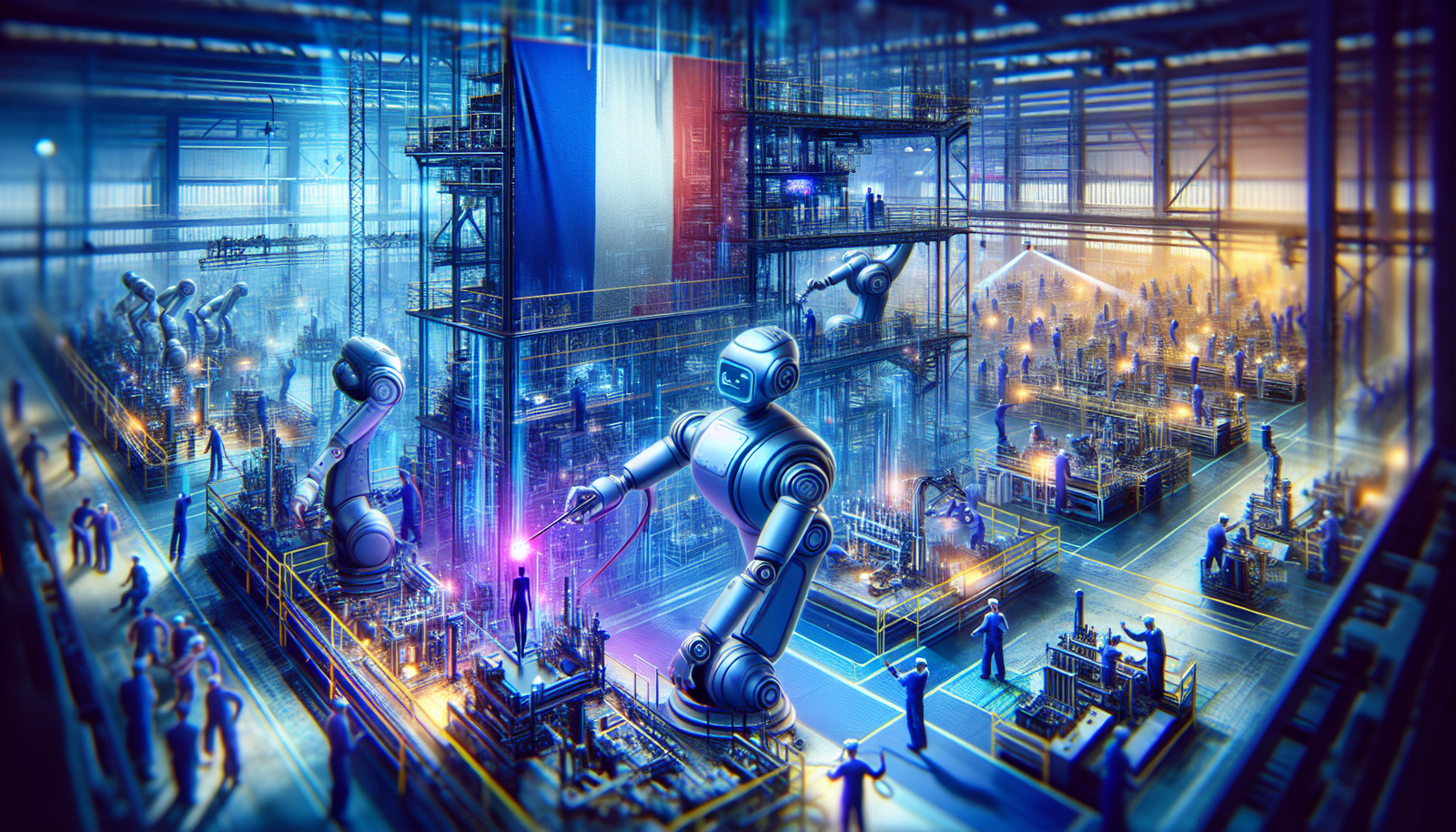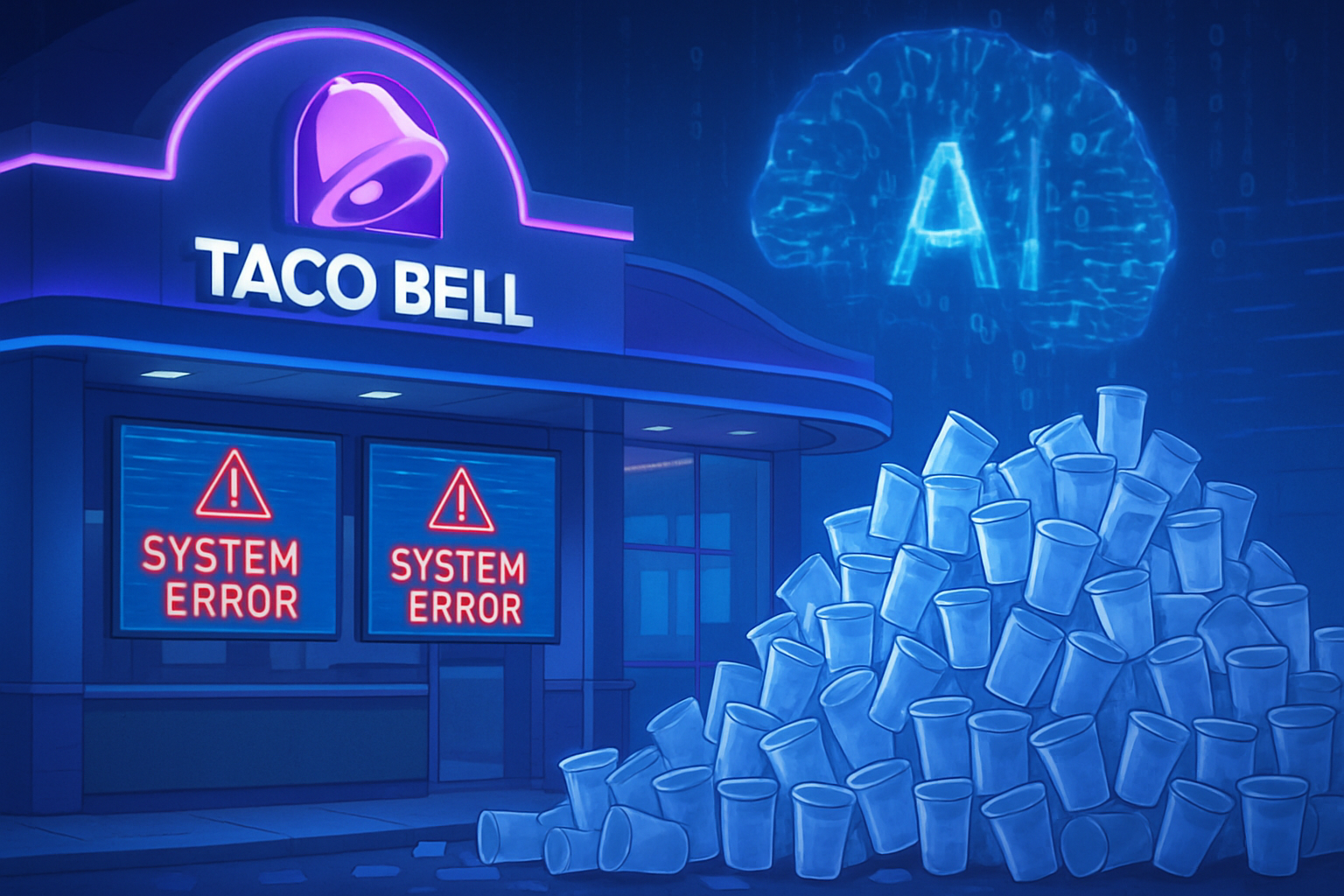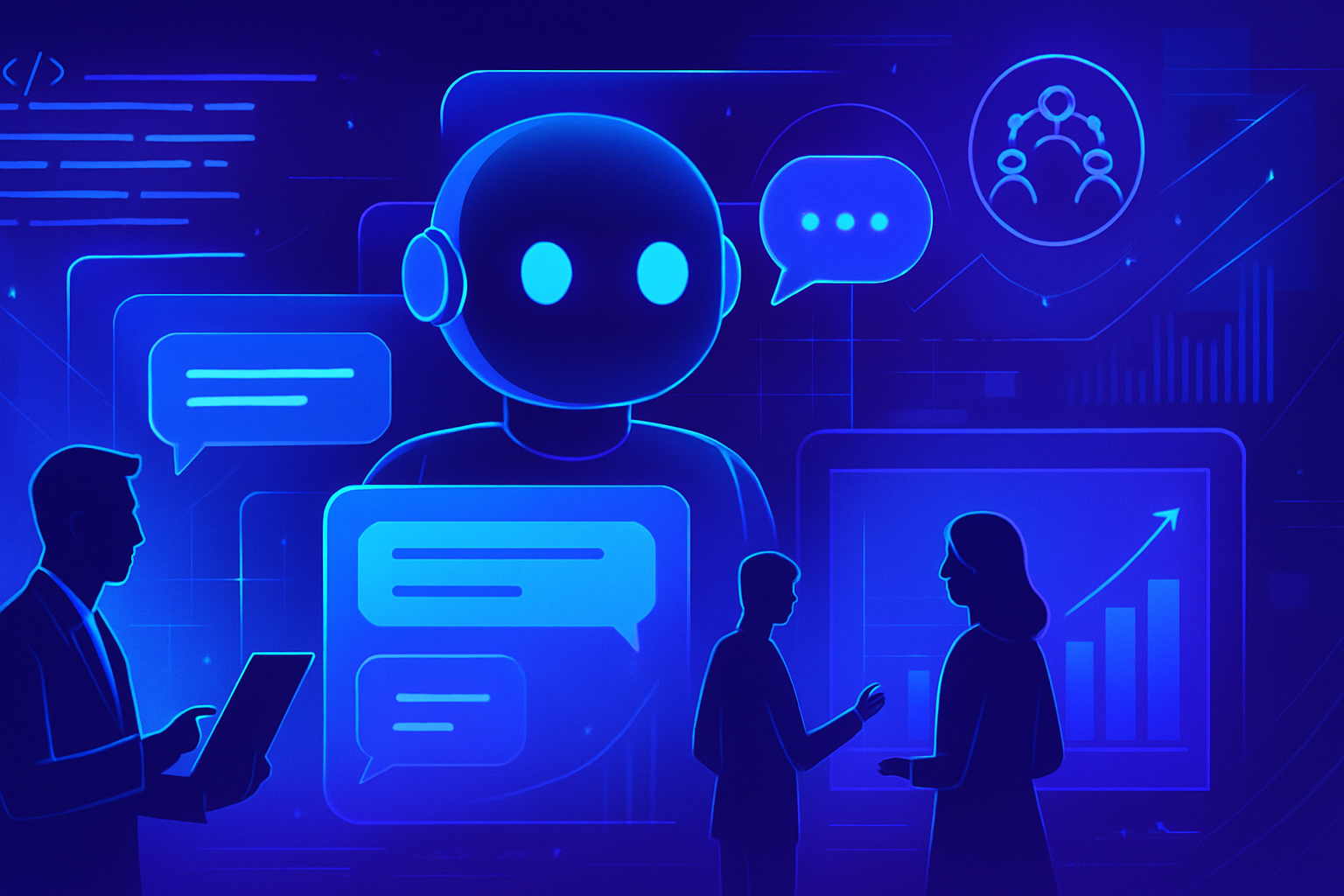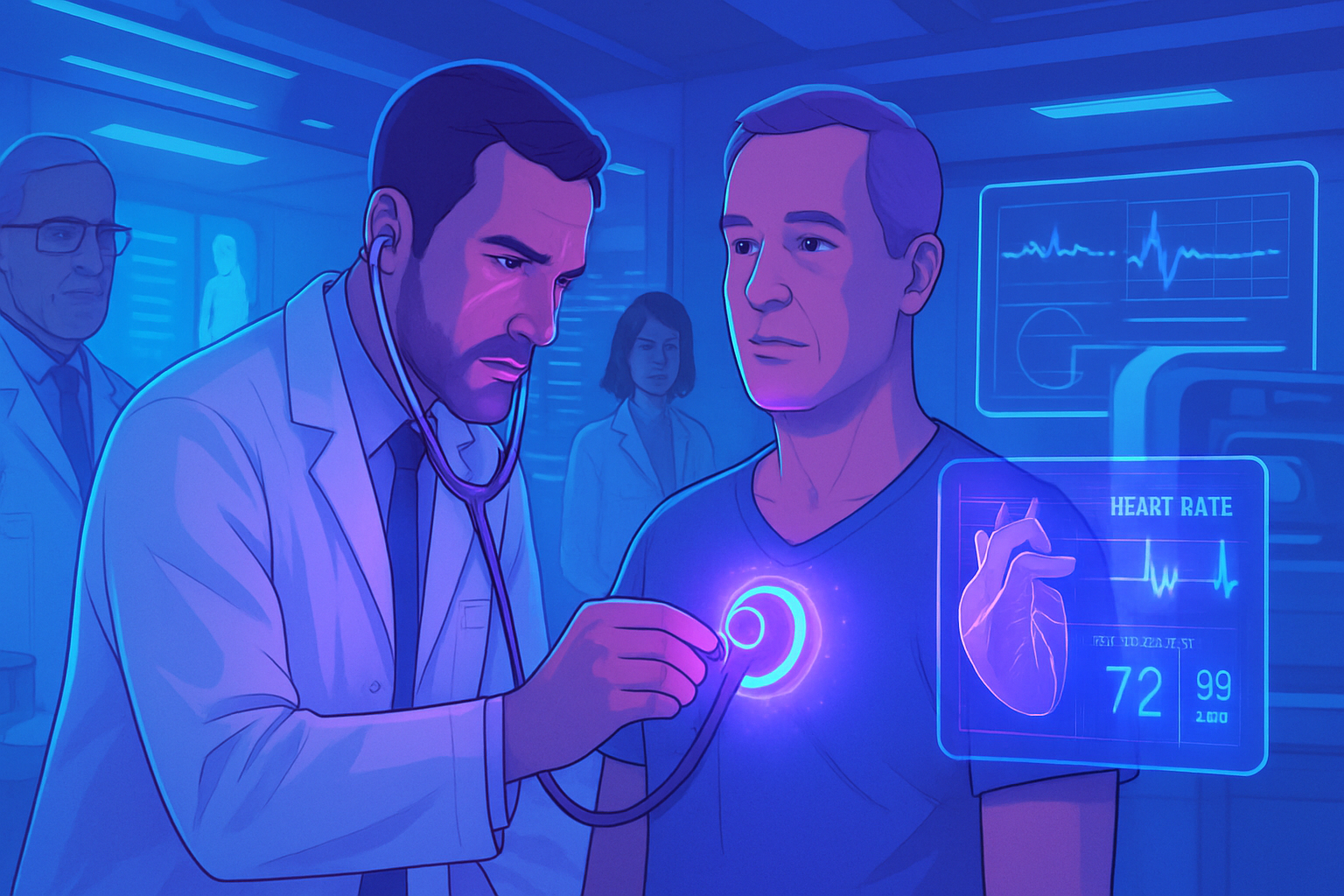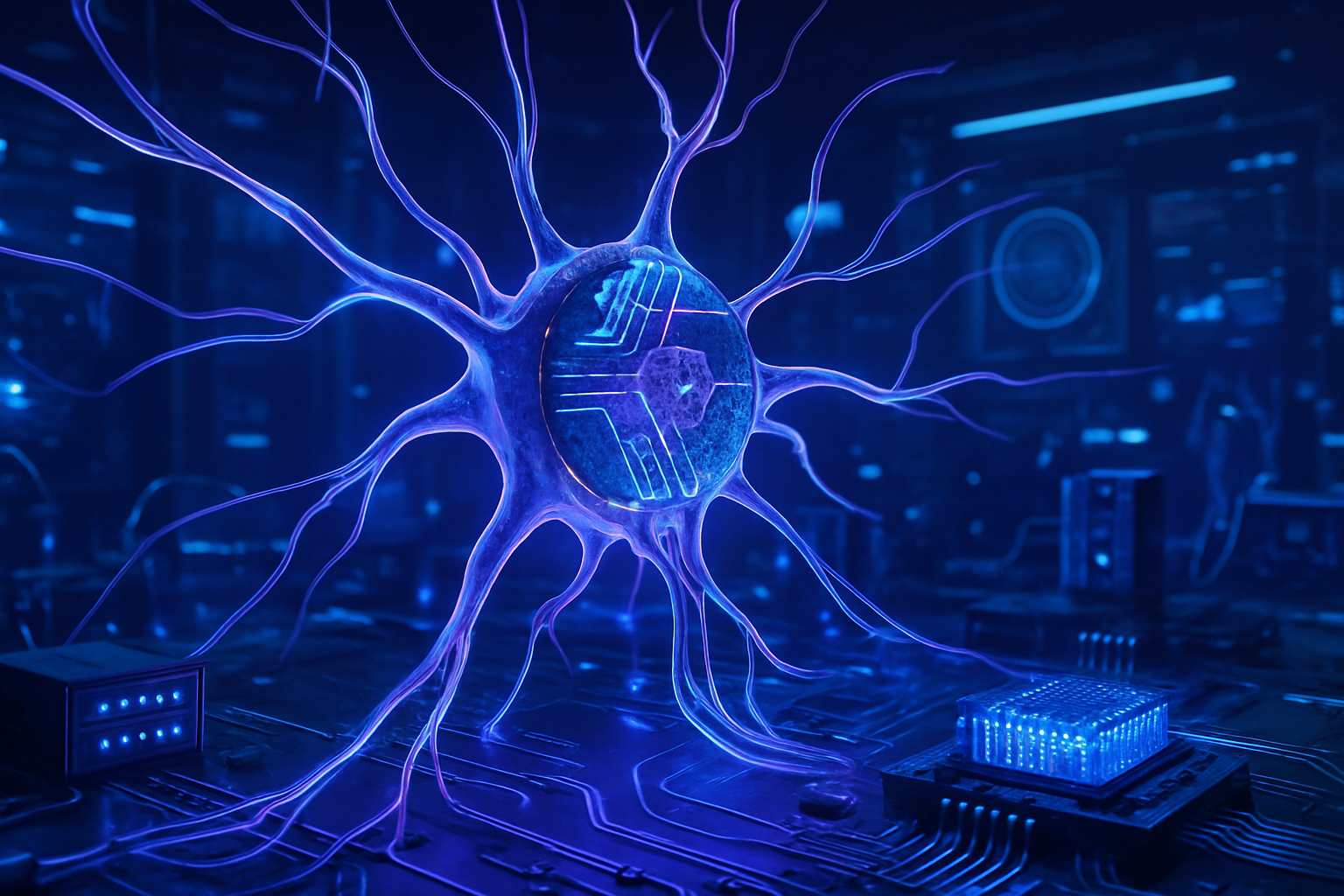Cobots are emerging as true vectors of transformation in the French industry. These technological, intelligent, and flexible allies encourage a harmonious collaboration between machines and humans. The integration of cobots is part of a reindustrialization context, addressing major economic and social challenges.
In the face of the relentless rise of automation, companies must rethink their production methods. The search for efficiency, safety, and productivity rekindles interest in these collaborative robots. By restructuring industrial processes, cobots redefine the contours of modern production.
Cobots: a revolution for the French industry
Cobots, or collaborative robots, position themselves as essential technological allies in the current industrial context. Their speed of adoption and ability to integrate into work environments make them preferred partners to improve process efficiency. These innovative machines offer a viable solution to meet automation needs while preserving human interaction.
An ambitious action plan for robotics
The France 2030 plan initiates a massive investment of 800 million euros in robotic and artificial intelligence technologies. This initiative aims to modernize the French industry in the face of increased international competition. In 2024, France intends to restore its lead in the robotics sector, currently dominated by countries such as South Korea and China.
The application sectors of cobots
Cobots find their utility in various industrial sectors, such as automotive, electronics, and agri-food. These devices are designed to perform precise tasks while working in synergy with human operators. Their modularity and intuitive programming allow for quick integration into existing production lines.
Improvement of productivity
The use of cobots contributes to optimizing processes. Companies can thus automate repetitive and time-consuming tasks, significantly improving their overall productivity. Organizations like Michelin testify to the tangible benefits of this technological evolution.
Reinforcement of workplace safety
The collaboration between humans and cobots helps reduce the risks of accidents in industrial environments. By taking on heavy loads or high-risk operations, these robots protect workers while ensuring a safer work environment.
The economic and social challenges
The reindustrialization of France relies on the adoption of cobots and AI. These technologies represent a fundamental lever to relocate manufacturing activities and meet growing demand. The challenge lies in supporting this transition with suitable training and investments in research and development.
The challenges of cobot adoption
Some companies are still hesitant to invest in cobots due to initial costs. Some also fear the need to train staff for optimal use of new technologies. Despite these hesitations, forecasts indicate an increase in demand for more flexible and intelligent systems. Cobots will continue to develop to adapt to dynamic and evolving production environments.
Towards an industry 5.0
In the midst of the transition to industry 5.0, cobots contribute to the integration of a more collaborative approach. Industry 5.0 aims to establish a balance between automation and human intervention, promoting enriching interactions between machines and operators. This model promises to create a more inclusive and innovative work environment.
Frequently asked questions
What is a cobot, and how does it differ from traditional industrial robots?
A cobot, or collaborative robot, is designed to work closely with humans on shared tasks, while traditional industrial robots are often programmed to operate autonomously in separate environments.
What are the advantages of integrating cobots into the French industry?
Cobots improve productivity, reduce human errors, and enhance worker serenity by taking on repetitive or dangerous tasks, allowing employees to focus on higher-value missions.
In which sectors are cobots most used in France?
Cobots are particularly present in sectors such as automotive, agri-food, electronics, and logistics, where they bring flexibility and efficiency to production.
Do cobots require special training to be used?
Although their programming is relatively simple and intuitive, workers may benefit from specific training to optimize their interaction with cobots and ensure effective integration into the work environment.
What is the impact of cobots on traditional jobs in the industry?
Cobots do not necessarily replace jobs, but rather, they complement them by assisting workers in their tasks, allowing them to transition to more qualified and enriching missions.
How do cobots contribute to the transition towards industry 4.0?
Cobots play a key role in the digitalization and automation of industrial processes, facilitating the integration of advanced technologies such as AI and IoT, and creating more connected and intelligent production environments.
What are the costs associated with acquiring and using cobots for a company?
Costs can vary depending on the complexity and specific applications of the cobot, but they are often considered a more affordable and flexible alternative to traditional industrial robots, especially since payback periods can be quick.
What challenges must be overcome when implementing cobots in a factory?
The main challenges include compatibility with existing systems, training employees, and managing cultural changes within the organization, but these challenges can be overcome with adequate planning.
